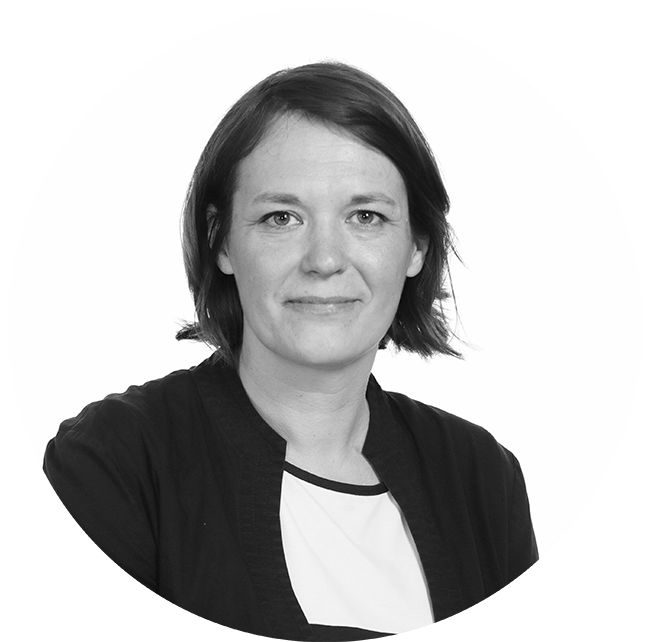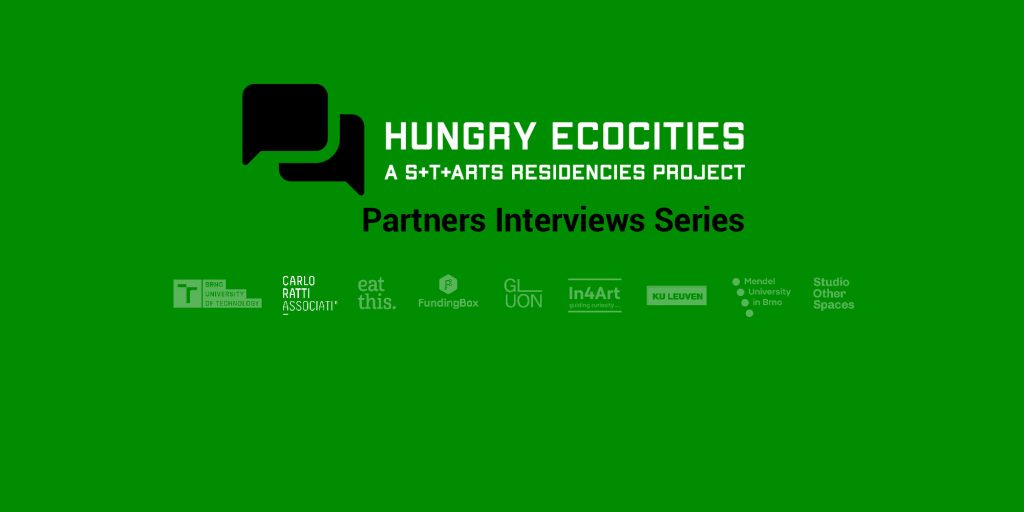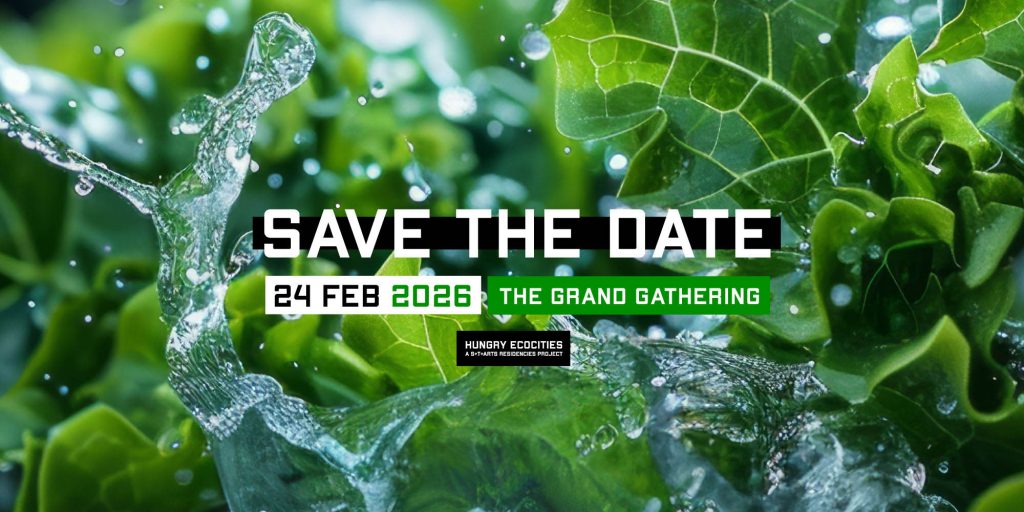Interview with CRA-Carlo Ratti Associati
Welcome to our interview series with the partners running HUNGRY ECOCITIES. In this interview with Monika Loeve we will learn more about CRA-Carlo Ratti Associati and their role in the project!
 | Monika Loeve is the COO at CRA-Carlo Ratti Associati and one of the studio’s Partners in Charge. Coming from Tallinn, Estonia, she has worked at CRA since 2012, overseeing masterplans, buildings and installations of various dimensions. Among the most notable projects are the Italian Pavilion at Expo Dubai 2020 and CapitaSpring, a mixed-use tower in Singapore featuring an indoor forest. |
Thank you, Monika, for being with us today! Can you please share a brief introduction to CRA, your main activities, interests and or values connected to the Hungry EcoCities project?
CRA is a design and innovation studio based in Turin, New York and London. Our projects encompass different scales, from master plans for cities to handheld objects, but there is a through line that connects them all – to envision a space with natural and artificial elements cohabiting harmoniously. This philosophy prompts us to investigate the food industry and understand how to to tackle the global challenges the world is facing. For example, we have explored integrating food waste into architectural structures in the Italian Pavilion for Expo 2020 in Dubai. More or less, at the same time, we launched the concept of Farmscraper for a supermarket chain to implement a large-scale vertical farm managed by an automated system on the façade of a skyscraper. The idea is to take advantage of the most prominent architectural structure in urban spaces to help cities become self-sufficient and minimize the carbon emissions produced by long-distance transportation.
Within Hungry EcoCities, you lead the work package on the residencies. What are the distinctive elements of the Humanizing Technology Experiments? How do you balance the interests of the different project team partners?
I would say the most distinctive part of the Humanizing Technology Experiments is the collaborative approach. In the beginning, an Innovation Monitoring Plan was formed to determine each project partner’s position in the core team and the benchmarks to ensure everyone holds an important stake in the working process and outcome. Laying the groundwork in advance gives us flexibility and freedom to move artistic ideas forward. Above all, we have always had a clear sense of the expertise and perspectives of the artists, the Studio mentor, the Technical mentor and the Art-driven Innovation mentor. And this gives each party the runway to contribute at their full capacity.
“Hungry EcoCities means a lot to CRA because it gives us a platform to build upon years of work and combine that with a broader network of research and talents across the EU for a common vision. We are already enjoying the collaboration process and are confident that the seeds we are sowing now in cities around the world will bear fruit in the future.“
What is the ambition of CRA-Carlo Ratti Associati to be part of this project?
At Hungry EcoCities, we are the leading design studio for the investigation direction called City+Farming Synergies. Our research unfolds based on a central question: How can we leverage innovative farming as an urban planning tool to bridge the city nature divide and fight climate change? Our research will delve into several food production scenarios, touching upon ways in which new technologies, big data, local and international food cultures and urbanism. It will be based primarily on EU´s priorities, but many of the ideas can also be applied in a global context. Furthermore, we will embark on innovative experiments in close collaboration with the artists in residence. While (and after) prototypes and new knowledge are being developed, we aim to share the relevant processes and results with a broader network of industry specialists to accelerate the progress of urban agriculture.
In September 2023, you had a kick-off event at your studio in Turin with all the teams working on the City+Farming Synergies direction. Can you give us some insights into how the projects started?
It was great to meet everyone in person for the kick-off! We invited the three selected artists and fellow mentors from the technical and art-driven innovation sides to our Turin office, and they came away with some useful insights through discussion sessions and workshops. Most importantly, we explored different methodologies methodology to develop the artists’ experiments and some potential ideas on how to build synergy among all the members of the Hungry EcoCities program. We also took this opportunity to connect the guests with our colleagues at the studio and showed them the CRA Factory, where we conduct experiments and prototyping work. All in all, it built a solid foundation for a great collaboration to come.
What does CRA expect for the prototype results from the Humanizing Technology Experiments?
Looking at the big picture, we hope the prototypes will help us further our investigation of farming on vertical surfaces. After the conversation with the project partners and artists, we found a common interest in this broader framework related to the well-being of plants and ecosystems in controlled environments. The environmental conditions of urban settings are so different from traditional farmlands and indoor farming facilities that we want to use this opportunity to understand what factors would help yield more nutritious crops and whether any by-products would be derived under such a structure. Of course, experiments often produce unexpected results. We must keep an open mind and remember that our group was created to combine experiences from different perspectives so that we can find a solution in any circumstance.
This project has received funding from the European Union’s Horizon Europe research and innovation programme under grant agreement 101069990.


